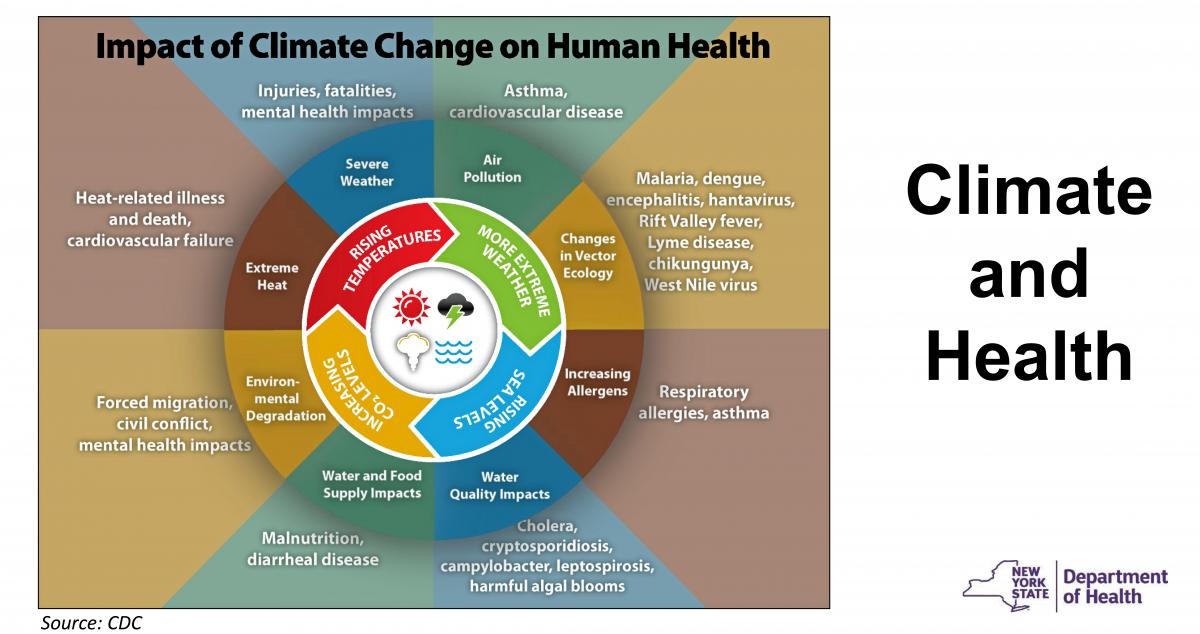How to Get Involved in Climate Change Advocacy

How to Get Involved in Climate Change Advocacy: A Guide for Middle-Aged Individuals
As a middle-aged individual in the United States, you may be wondering how you can contribute to the fight against climate change. Whether you’re motivated by concern for future generations or a desire to leave a lasting impact, there are numerous ways to get involved. This article will guide you through practical steps tailored to your lifestyle and interests.

Understanding Climate Change and Its Impact
Before diving into advocacy, it’s essential to understand the basics of climate change and its effects on your community and the world at large. Climate change refers to the long-term warming of the planet due to human activities, such as burning fossil fuels, deforestation, and industrial processes. This warming leads to extreme weather events, rising sea levels, and disruptions in ecosystems.
Middle-aged individuals are uniquely positioned to make a difference. You may have established careers, families, and social networks, which can be leveraged to amplify your impact. Moreover, your life experience can provide valuable insights into sustainable practices and community engagement.
Practical Steps for Climate Change Advocacy

1. Educate Yourself
-
Stay Informed: Follow reputable sources like the National Oceanic and Atmospheric Administration (NOAA), the Environmental Protection Agency (EPA), and climate-focused news outlets to stay updated on climate science and policy developments.
-
Local Impact: Understand how climate change affects your local community. This could include increased flooding, droughts, or heatwaves.

2. Reduce Your Carbon Footprint
-
Transportation: Consider using public transport, carpooling, or investing in an electric vehicle for personal use.
-
Energy Efficiency: Install solar panels, use energy-efficient appliances, and adjust your thermostat to reduce energy consumption.
-
Dietary Changes: Adopt a more plant-based diet, reduce food waste, and choose locally sourced produce.

3. Engage in Community Activities
-
Volunteer: Participate in local clean-up initiatives, tree planting, or conservation projects.
-
Join a Climate Group: Look for local climate advocacy groups or national organizations like the Sierra Club or the Nature Conservancy.
-
Host Events: Organize community events, such as climate-focused film screenings or workshops on sustainable living.

4. Advocate for Policy Change
-
Contact Your Representatives: Write letters or make phone calls to your local, state, and federal representatives to support climate legislation.
-
Participate in Public Hearings: Attend public meetings where climate policies are being discussed.
-
Vote with Climate in Mind: Ensure that climate change is a priority when casting your ballot in elections.

5. Support Climate-Friendly Businesses
-
Sustainable Purchasing: Choose products with minimal packaging and those made from sustainable materials.
-
Invest Responsibly: Consider divesting from fossil fuel companies and investing in renewable energy projects.
-
Encourage Sustainable Practices: Advocate for environmental policies within your workplace or community organizations.

6. Educate Others
-
Share Knowledge: Use social media to spread awareness about climate change and its impacts.
-
Mentorship: Guide younger generations by sharing your experiences and insights on sustainability.
-
Community Talks: Offer to give talks at local schools, libraries, or community centers about climate change and personal actions.

Overcoming Barriers and Staying Motivated
Engaging in climate advocacy can sometimes feel overwhelming or ineffective. Here are some tips to help you stay motivated:
-
Set Realistic Goals: Start with small actions and gradually increase your involvement.
-
Build a Support Network: Connect with like-minded individuals through local groups or online forums.
-
Celebrate Successes: Acknowledge and celebrate the positive impacts of your efforts, no matter how small they may seem.

Conclusion
Getting involved in climate change advocacy is not only a moral imperative but also a practical way to ensure a sustainable future for yourself and future generations. By educating yourself, reducing your carbon footprint, engaging in community activities, advocating for policy change, supporting climate-friendly businesses, and educating others, you can make a meaningful difference. Remember, every action counts, and collective efforts can lead to significant positive change.

Additional Resources
For further guidance and inspiration, consider the following resources:
-
UNICEF’s Climate Advocacy Guide: Offers practical tips for participating in climate action events and organizing community initiatives.
-
SEI’s Reports on Older People and Climate Change: Provides insights into how older adults can contribute to climate resilience.
-
Aspen Institute’s Climate Advocacy Tools: Includes resources for effective policy advocacy and community engagement.
By leveraging these resources and taking action, you can become a powerful voice for climate change advocacy in your community.









